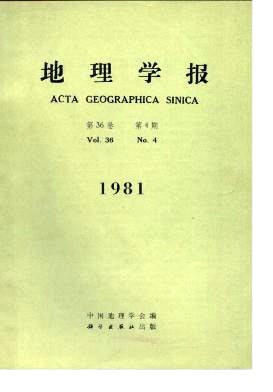In Xiu-yun, Tang Qicheng
The region of west Sichan and North Yunnan with an total area about 500, 000km2 is located in South-west of China (96?-105癊,25?-36癗).The river runoff of this district is mainly fed by the precipitation, which is closelyrelated to the monsoon climate. The Daxueshan Mountain-Daliangshan Mountain lineis a demarcation line. In the west of this line, it is mainly influenced by the South-west monsoon, as rainy season comes later and the precipitation is more concentrated inthe summer, the seasons of dry and humid are very distinct, so the unevenness of thecoefficient value of the annual runoff (Cv) is high. While in the east of the line, it isinfluenced by the South-east monsoon, the distribution of annual rainfall is relativelyeven.This area is a mountainous region, with many high mountains and plateaus Theirelevation differences are very great. Especially in the region of the HengtouanchanMountain. Under the influence of climate and other natural factors, for example, re-lief, vegetation, soil etc, its vertical zonation is very evident.Below 3000 meters is the subtropical region of this area, the runoff increases as theelevation increases, and mostly in the form of storm runoff.Above 3000 meters, the storm runoff decreases and the runoff hydrograph presentsfeeble variation.The amount of annual runoff has the tendency of reducing from east toward westand south. But at the west of Gaoligong Shan Mountain, the amount of rain fall mightreach 1,000mm.The annual mean precipitation of this region is 883 mm, runoff depth is 481 mm,annual water yield is about 240 billion ms. T he variation of river runoff in many yearsis not considerable. In general, the coefficient of skew (C.) except in north Yunnanwhich is above 0.3, is from 0.1 to 0.25, as compared with eastern part of China, it israther small.The runoff flow and water resources of this region are very abundant. Thereforeit is an excellent region for the fully development and utilization of water resources.Below 3000 meters is the subtropical region of this area, the runoff increases as the
